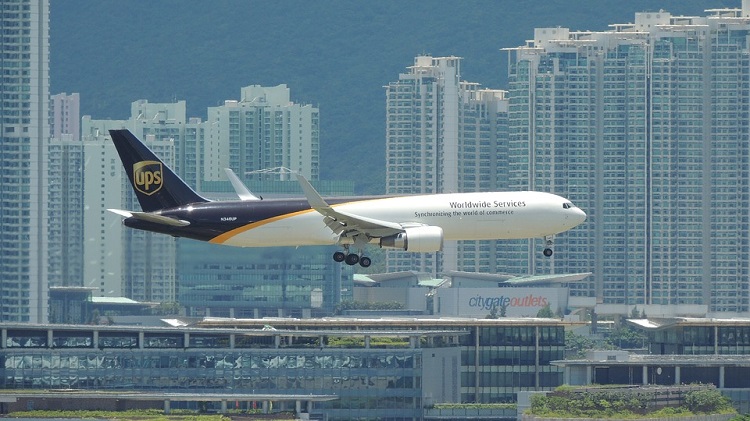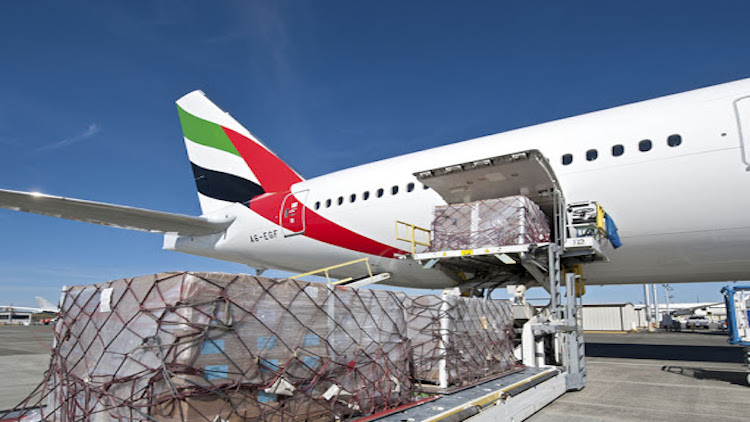Global Air Cargo Shows Slight Pickup Amid Continuing Capacity Crunch

The month of May saw a slight improvement in the air cargo market. However, capacity remained unable to meet demand as a result of the loss of belly cargo operations on passenger aircraft that have been parked.
Global demand, measured in cargo tonne-kilometres fell by 20.3% in May (-21.5% for international operations) compared to the previous year. That is an improvement from the 25.6% year-on-year drop recorded in April, according to the latest data for global air freight markets released by the International Air Transport Association (IATA)
Global capacity shrank by 34.7% in May (-32.2% for international operations) compared to the previous year, a slight deceleration from the 41.6% year-on-year drop in April. Belly capacity for international air cargo shrank by 66.4% in May compared to the previous year due to the withdrawal of passenger services amid the COVID-19 crisis (up slightly from the 75.1% year-on-year decline in April). This was partially offset by a 25.2% increase in capacity through expanded use of freighter aircraft. The cargo load factor (CLF) rose 10.4 percentage points in May. This was a slight decrease from the 12.8 percentage point rise in April. However, the extent of the increase suggests that there is still pent-up demand for air cargo which cannot be met due to the continued grounding of many passenger flights. Global export orders continue to fall but at a slower pace. The Purchasing Managers Index (PMI) tracking new manufacturing export orders improved from the trough seen in April despite remaining in contractionary territory.
Global capacity shrank by 34.7% in May (-32.2% for international operations) compared to the previous year, a slight deceleration from the 41.6% year-on-year drop in April. Belly capacity for international air cargo shrank by 66.4% in May compared to the previous year due to the withdrawal of passenger services amid the COVID-19 crisis (up slightly from the 75.1% year-on-year decline in April). This was partially offset by a 25.2% increase in capacity through expanded use of freighter aircraft. The cargo load factor (CLF) rose 10.4 percentage points in May. This was a slight decrease from the 12.8 percentage point rise in April. However, the extent of the increase suggests that there is still pent-up demand for air cargo which cannot be met due to the continued grounding of many passenger flights. Global export orders continue to fall but at a slower pace. The Purchasing Managers Index (PMI) tracking new manufacturing export orders improved from the trough seen in April despite remaining in contractionary territory.

Latest Videos
















